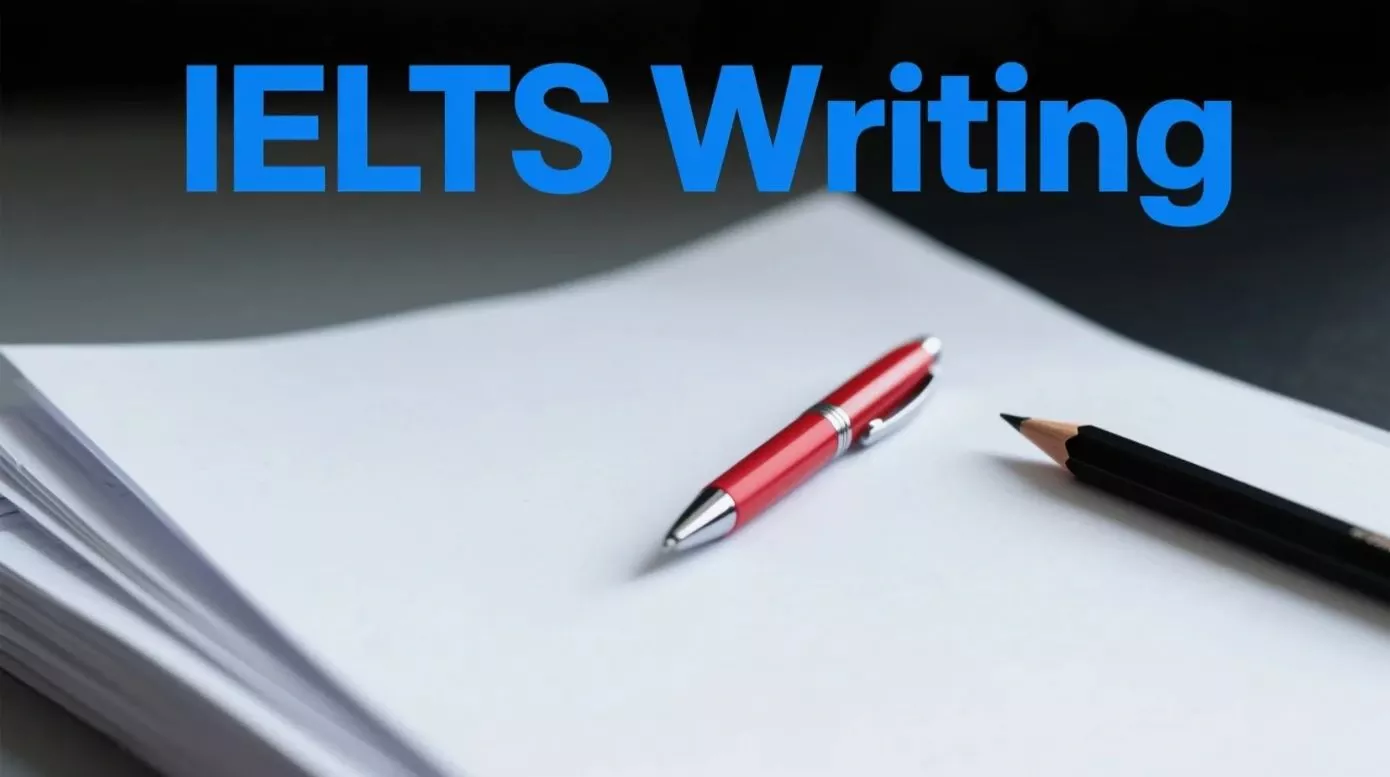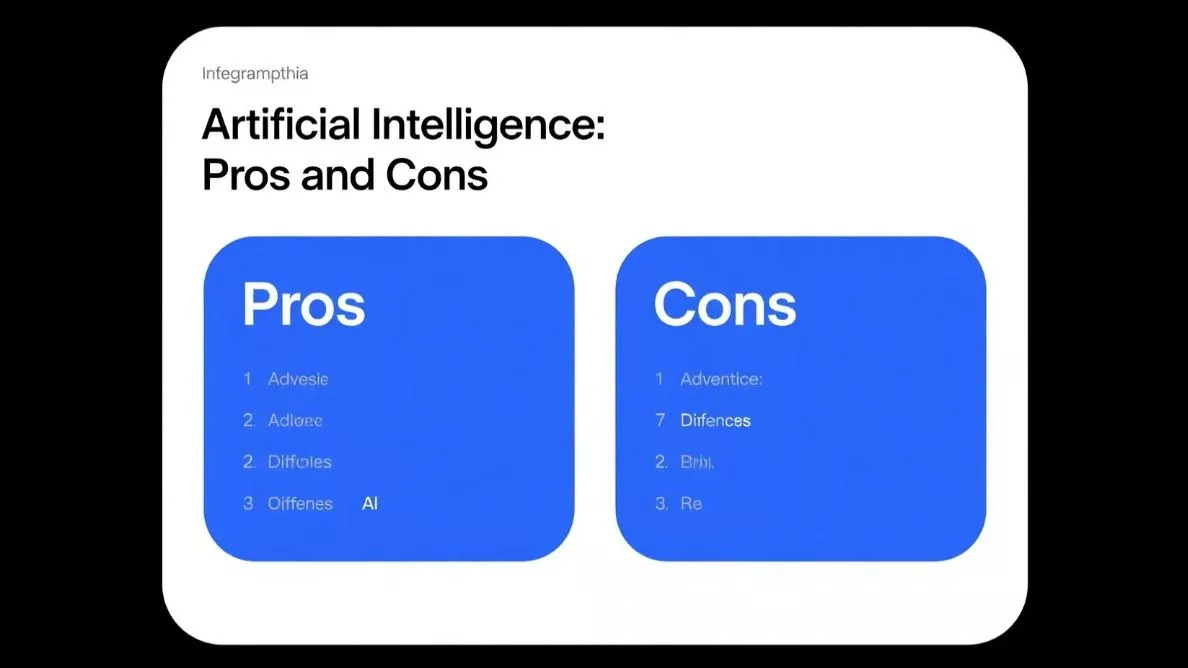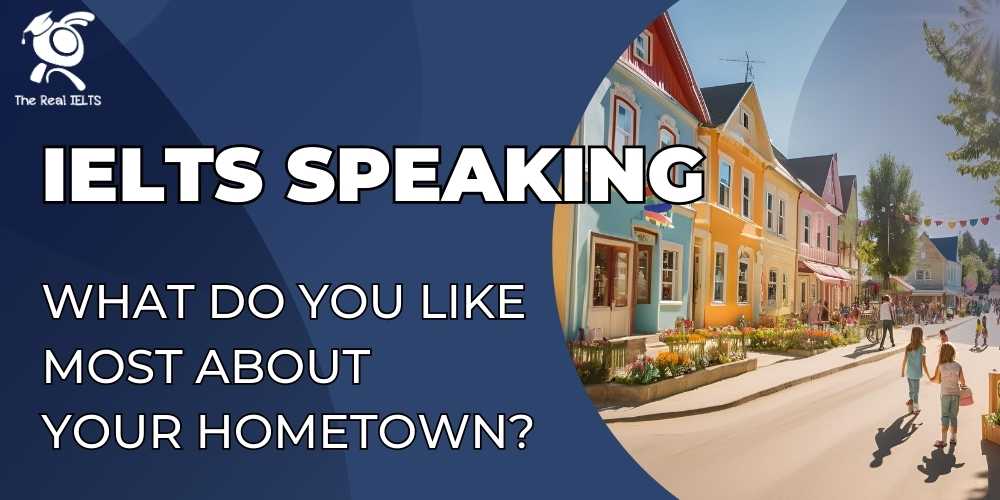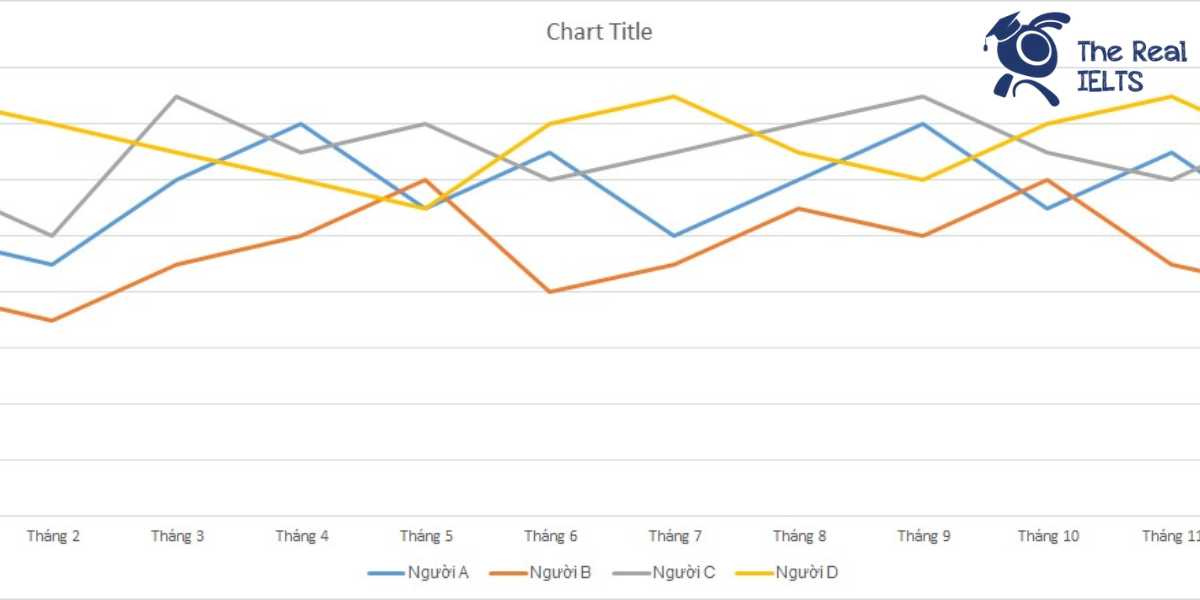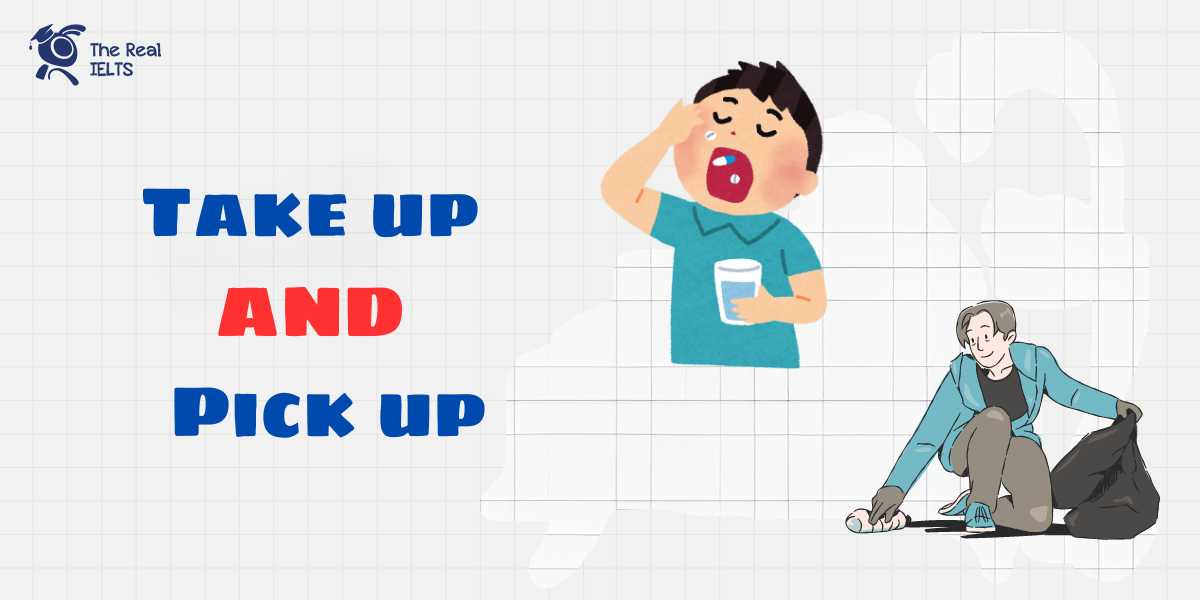Kỹ năng viết trong kỳ thi IELTS luôn là thử thách lớn đối với thí sinh, đặc biệt với IELTS Writing Task 2 Phần 80, nơi yêu cầu khả năng lập luận sắc bén và sử dụng ngôn ngữ linh hoạt. Theo khảo sát từ các trung tâm luyện thi uy tín, hơn 60% học viên gặp khó khăn trong việc tổ chức ý tưởng và đạt điểm cao ở tiêu chí coherence. Hiểu rõ cấu trúc bài thi và chiến lược triển khai ý là yếu tố quyết định thành công.
Đọc thêm: IELTS Writing Task 2 Phần 79
Đề 1 IELTS Writing Task 2
Some people believe that the best way to reduce crime is to give longer prison sentences. Others, however, argue that there are better alternatives to tackle this problem. Discuss both views and give your own opinion.
Bài essay (Band 6.5)
Crime is a serious issue in many societies, and people have different views on how to address it. Some argue that extending prison sentences is the most effective solution, while others believe alternative methods are more beneficial. This essay will discuss both perspectives and provide my opinion.
On the one hand, supporters of longer prison sentences claim that it deters potential criminals. When individuals know they face severe punishment, they may think twice before committing a crime. Moreover, keeping offenders in prison for longer ensures they cannot harm society again soon. For example, countries with strict penalties, like the United States, often report lower rates of certain crimes, such as robbery. However, this approach may not address the root causes of crime, such as poverty or lack of education.
On the other hand, others argue that alternative solutions, such as rehabilitation programs, are more effective. These programs focus on educating and reforming offenders, helping them reintegrate into society. For instance, community service or vocational training can reduce reoffending rates by giving offenders new skills and purpose. In countries like Norway, where rehabilitation is prioritized, recidivism rates are significantly lower. Nevertheless, these methods may seem too lenient for serious crimes, which could undermine public trust in the justice system.
In my opinion, a combination of both approaches is necessary. While longer sentences are suitable for serious crimes, rehabilitation should be emphasized for minor offenders to prevent reoffending. By balancing punishment and reform, societies can effectively tackle crime.
In conclusion, both longer prison sentences and alternative methods have their merits. A balanced approach that considers the nature of the crime is the most effective way to reduce crime rates.
Chấm điểm (4 tiêu chí)
Task Response: 6.5
The essay addresses both views and provides a clear opinion, meeting the task requirements. The arguments are relevant, with examples (e.g., the U.S. and Norway), but the discussion lacks depth in analyzing the limitations of each approach. The conclusion is clear but slightly repetitive.
Coherence and Cohesion: 6.5
The essay is logically organized with a clear structure (introduction, body paragraphs, conclusion). Linking words like “moreover” and “however” are used appropriately, but transitions between ideas could be smoother. Some ideas are not fully developed, which affects cohesion slightly.
Lexical Resource: 6.5
The vocabulary is appropriate for Band 6.5, with some academic words (e.g., deters, rehabilitation, recidivism). However, word choice is occasionally repetitive (e.g., “crime” used multiple times), and there is limited use of higher-level collocations or synonyms.
Grammatical Range and Accuracy: 6.5
The essay demonstrates a mix of simple and complex sentences, with mostly accurate grammar. Errors, such as “cannot harm society again soon” (awkward phrasing) and “are suitable” (could be more precise), are minor but prevent a higher score. Complex structures are attempted but not always accurate.
Phân tích từ vựng
- Deters
- Nghĩa tiếng Việt: Ngăn chặn, răn đe
- Giải thích: Động từ này thường dùng trong ngữ cảnh pháp luật hoặc hành vi để chỉ việc làm ai đó sợ hãi hoặc tránh làm điều gì đó. Trong bài, “deters potential criminals” mang nghĩa răn đe những người có ý định phạm tội. Thích hợp trong văn học thuật khi nói về tác động của chính sách.
- Rehabilitation
- Nghĩa tiếng Việt: Phục hồi, cải tạo
- Giải thích: Danh từ này dùng để chỉ quá trình cải thiện hành vi hoặc kỹ năng của một cá nhân, thường trong bối cảnh cải tạo tội phạm. Trong bài, “rehabilitation programs” ám chỉ các chương trình giúp tội phạm tái hòa nhập xã hội. Từ này phổ biến trong các bài IELTS về pháp luật.
- Recidivism
- Nghĩa tiếng Việt: Tái phạm
- Giải thích: Danh từ chuyên ngành, dùng trong ngữ cảnh tội phạm học để chỉ việc một người tái phạm sau khi bị trừng phạt. Trong bài, “recidivism rates are significantly lower” nhấn mạnh hiệu quả của cải tạo. Từ này phù hợp với Band 6.5 nhưng cần dùng chính xác để tránh lạm dụng.
- Reintegrate
- Nghĩa tiếng Việt: Tái hòa nhập
- Giải thích: Động từ này mô tả việc đưa ai đó trở lại cộng đồng hoặc xã hội. Trong bài, “helping them reintegrate into society” nói về việc hỗ trợ tội phạm trở thành công dân tốt. Từ này mang tính học thuật và phù hợp khi thảo luận về cải cách xã hội.
- Undermine
- Nghĩa tiếng Việt: Làm suy yếu, làm mất uy tín
- Giải thích: Động từ này thường dùng để chỉ việc làm giảm giá trị hoặc hiệu quả của một điều gì đó. Trong bài, “undermine public trust” ám chỉ việc các biện pháp cải tạo có thể khiến công chúng mất niềm tin vào hệ thống tư pháp. Từ này cần ngữ cảnh rõ ràng để tránh nhầm lẫn.
Phân tích ngữ pháp
- Cannot harm society again soon
- Giải thích tiếng Việt: Cụm này có ý đúng nhưng cách diễn đạt hơi vụng về, làm giảm tính tự nhiên. “Soon” không phù hợp trong ngữ cảnh này vì ám chỉ thời gian không rõ ràng. Thay vào đó, có thể dùng “cannot harm society again during their sentence” để chính xác và tự nhiên hơn. Lỗi này không nghiêm trọng nhưng ảnh hưởng đến Band 7.
- Are suitable
- Giải thích tiếng Việt: Cụm từ này đúng ngữ pháp nhưng thiếu chính xác về ngữ nghĩa trong câu “longer sentences are suitable for serious crimes”. “Suitable” mang nghĩa “thích hợp” nhưng không đủ mạnh để diễn đạt ý “cần thiết” hoặc “hợp lý”. Có thể thay bằng “are necessary” hoặc “are appropriate” để tăng tính học thuật.
- A combination of both approaches is necessary
- Giải thích tiếng Việt: Câu này sử dụng cấu trúc danh từ ghép “a combination of” và động từ “is” đúng ngữ pháp, thể hiện khả năng dùng câu phức. Tuy nhiên, để đạt Band 7, cần thêm các cấu trúc phức tạp hơn, ví dụ: “While a combination of both approaches is necessary, its effectiveness depends on proper implementation.”
- Where rehabilitation is prioritized
- Giải thích tiếng Việt: Mệnh đề quan hệ này được dùng đúng, giúp câu văn trở nên học thuật và rõ ràng. “Where” phù hợp khi nói về một quốc gia (Norway). Tuy nhiên, bài viết ít sử dụng các mệnh đề quan hệ phức tạp hơn, như “in which” hoặc “whose”, làm hạn chế điểm ngữ pháp.
Tổng kết & gợi ý cải thiện
The essay achieves a Band 6.5 due to its clear structure, relevant arguments, and appropriate vocabulary. However, it falls short of Band 7 because of limited depth in arguments, minor grammatical inaccuracies, and repetitive word choices. To improve:
- Task Response: Develop arguments further by discussing specific limitations or counterpoints (e.g., cost of rehabilitation programs).
- Coherence: Use a wider range of cohesive devices (e.g., “in contrast,” “consequently”) to improve transitions.
- Lexical Resource: Replace repetitive words like “crime” with synonyms (e.g., “offense,” “delinquency”) and use more collocations.
- Grammar: Incorporate more complex structures, such as conditional sentences or passive voice, while ensuring accuracy.
Đề 2 IELTS Writing Task 2
Some people believe that governments should invest more in public transportation to reduce traffic congestion and pollution. Others argue that building more roads is a better solution. Discuss both views and give your own opinion.
Bài essay (Band 6.5)
In recent years, traffic congestion and pollution have become serious issues in many cities. While some people support increased investment in public transportation as a solution, others believe that constructing more roads is more effective. This essay will discuss both perspectives and explain why I favor the former.
On the one hand, advocates of building more roads argue that it directly addresses traffic congestion. Wider roads or additional highways can accommodate more vehicles, allowing smoother traffic flow. For example, in some cities, new road networks have temporarily reduced travel time during peak hours. Moreover, road expansion is often seen as a quicker fix compared to developing complex public transport systems, which require long-term planning. However, this approach may not be sustainable, as more roads could encourage car usage, leading to further pollution and congestion in the long run.
On the other hand, investing in public transportation offers a more environmentally friendly solution. Efficient systems like buses or subways can transport large numbers of people, reducing the number of private cars on the road. For instance, cities with well-developed metro systems, such as Tokyo, experience lower per-capita emissions. Additionally, public transport is cost-effective for individuals and promotes sustainable urban development. Although initial costs are high, the long-term benefits outweigh the drawbacks.
In my opinion, prioritizing public transportation is the better option because it tackles both congestion and pollution more effectively. While building roads may provide short-term relief, it does not address the root causes. Governments should focus on sustainable solutions to ensure cleaner and less crowded cities.
Chấm điểm (4 tiêu chí)
Task Response: 6.5
The essay addresses both views and provides a clear opinion, with relevant ideas and examples. However, the discussion lacks depth in analyzing the drawbacks of public transportation or exploring alternative solutions, which limits it to Band 6.5.
Coherence and Cohesion: 6.5
The essay is logically organized with clear paragraphing and linking words (e.g., “On the one hand,” “Moreover”). However, some transitions feel repetitive, and cohesion could be improved by varying connective devices or elaborating on ideas to strengthen flow.
Lexical Resource: 6.5
The vocabulary patr of vocabulary is appropriate for Band 6.5, with some academic words (e.g., sustainable, environmentally friendly) but limited range. Minor errors, like “per-capita emissions,” are contextually correct but slightly awkward. Repetition of basic terms (e.g., “roads,” “congestion”) could be replaced with synonyms.
Grammatical Range and Accuracy: 6.5
The essay uses a mix of simple and complex structures (e.g., relative clauses, conditional sentences) with mostly accurate grammar. Minor errors, such as subject-verb agreement in one instance, do not impede understanding but prevent a higher score.
Phân tích từ vựng
- traffic congestion (sự tắc nghẽn giao thông)
- Meaning: The situation where too many vehicles cause slow or stopped traffic.
- Usage: Common in academic writing to discuss urban issues. Used here to describe a key problem in cities. It’s precise but overused in the essay; synonyms like “gridlock” could add variety.
- environmentally friendly (thân thiện với môi trường)
- Meaning: Not harmful to the environment.
- Usage: A formal phrase suitable for discussing sustainability. Used effectively to describe public transport’s benefits but could be paired with alternatives like “eco-friendly” for variety.
- sustainable (bền vững)
- Meaning: Able to be maintained over time without harming the environment.
- Usage: A high-frequency academic term in essays about urban planning. Used accurately but slightly repetitively in the conclusion.
- cost-effective (hiệu quả về chi phí)
- Meaning: Providing good value for the money spent.
- Usage: A precise academic term to highlight the economic benefits of public transport. Contextually appropriate but could be varied with “economical.”
- urban development (phát triển đô thị)
- Meaning: The growth and improvement of city infrastructure and services.
- Usage: A formal term fitting the essay’s topic. Used well to discuss long-term city planning but could be expanded with examples for clarity.
Phân tích ngữ pháp
- relative clauses (e.g., “which require long-term planning”)
- Giải thích: Mệnh đề quan hệ được dùng để bổ sung thông tin cho danh từ. Trong bài, cấu trúc này được sử dụng chính xác, ví dụ như khi mô tả hệ thống giao thông công cộng. Tuy nhiên, lặp lại cấu trúc “which” nhiều lần có thể làm bài viết đơn điệu.
- conditional sentences (e.g., “more roads could encourage car usage”)
- Giải thích: Câu điều kiện diễn tả khả năng hoặc kết quả. Câu này đúng ngữ pháp, sử dụng “could” để thể hiện khả năng, nhưng bài viết chỉ dùng câu điều kiện loại 1. Thêm câu điều kiện loại 2 (e.g., “If governments invested more, cities would be cleaner”) sẽ tăng độ đa dạng.
- subject-verb agreement (e.g., “new road networks have temporarily reduced”)
- Giải thích: Chủ ngữ và động từ phải phù hợp về số ít/số nhiều. Câu này đúng, nhưng có một lỗi nhỏ trong bài: “the long-term benefits outweigh” nên là “outweigh” (không phải “outweighs”) vì “benefits” là số nhiều. Lỗi này nhỏ nhưng ảnh hưởng điểm ngữ pháp.
Tổng kết & gợi ý cải thiện
The essay achieves a solid Band 6.5, with clear organization, relevant ideas, and mostly accurate language. However, it lacks the depth and linguistic variety needed for Band 7. To improve:
- Deepen analysis: Discuss drawbacks of public transport (e.g., reliability issues) or alternative solutions (e.g., carpooling) to show critical thinking.
- Vary vocabulary: Replace repetitive terms like “congestion” with synonyms (e.g., “traffic jams”) and use a wider range of academic phrases.
- Diversify grammar: Incorporate more complex structures, such as passive voice (e.g., “More roads are often considered a quick fix”) or inversion (e.g., “Not only does public transport reduce emissions, but it also…”).
- Enhance cohesion: Use varied linking devices (e.g., “In contrast,” “As a result”) to improve flow and avoid repetitive transitions.
Đề 3 IELTS Writing Task 2
Some people believe that governments should invest more in public transportation to reduce traffic congestion and pollution. Others argue that building more roads is a better solution. Discuss both views and give your own opinion.
Bài essay (Band 6.5)
In many cities, traffic congestion and pollution are growing problems. While some argue that governments should prioritize public transportation to address these issues, others believe that constructing more roads is more effective. This essay will discuss both perspectives before presenting my own view.
On the one hand, investing in public transportation can significantly reduce traffic and pollution. Efficient systems like buses or trains can carry many passengers at once, reducing the number of vehicles on the roads. For example, cities like Singapore have developed reliable public transport networks, which encourage people to leave their cars at home. This not only eases congestion but also lowers carbon emissions, contributing to a cleaner environment. However, public transport requires significant funding and may not reach all areas, especially in rural regions.
On the other hand, building more roads is seen as a solution to accommodate the increasing number of vehicles. Wider roads or new highways can ease traffic flow in the short term, especially in crowded urban areas. For instance, expanding road networks in some cities has reduced travel time temporarily. However, this approach may encourage more car use, leading to further congestion and pollution in the long run, as seen in cities like Los Angeles.
In my opinion, investing in public transportation is the better option. It addresses both congestion and pollution more sustainably than road expansion, which only offers temporary relief. Governments should focus on affordable and accessible transport systems to benefit both urban and rural areas.
In conclusion, while building roads may provide short-term solutions, public transportation is a more sustainable way to tackle traffic and pollution issues.
Chấm điểm (4 tiêu chí)
Task Response: 6.5
The essay addresses both views and provides a clear opinion, meeting the task requirements. However, the arguments lack depth, with examples (e.g., Singapore, Los Angeles) being brief and not fully developed. To reach Band 7, more specific details or data could strengthen the response.
Coherence and Cohesion: 6.5
The essay is logically organized with a clear structure (introduction, body paragraphs, conclusion). Linking words like “on the one hand” and “however” are used appropriately, but transitions between ideas could be smoother. Some repetition of ideas (e.g., congestion and pollution) limits cohesion.
Lexical Resource: 6.5
The vocabulary is appropriate for Band 6.5, with some academic phrases like investing in public transportation and reducing the number of vehicles. However, word choice is sometimes repetitive (e.g., “congestion” and “pollution” appear frequently), and more variety or collocations could push this to Band 7.
Grammatical Range and Accuracy: 6.5
The essay uses a range of sentence structures, including complex sentences, with mostly accurate grammar. Minor errors, such as “may not reach all areas” (slightly vague phrasing), do not impede meaning but prevent a higher score. More varied sentence structures could improve this.
Phân tích từ vựng
- Investing in public transportation
- Nghĩa tiếng Việt: Đầu tư vào giao thông công cộng
- Giải thích: Cụm từ này thường được dùng trong ngữ cảnh học thuật để chỉ việc phân bổ ngân sách hoặc nguồn lực vào hệ thống giao thông như xe buýt, tàu hỏa. Nó thể hiện hành động mang tính chiến lược, phù hợp với bài luận về chính sách công.
- Reducing the number of vehicles
- Nghĩa tiếng Việt: Giảm số lượng phương tiện
- Giải thích: Cụm này dùng để mô tả việc cắt giảm số xe lưu thông, thường xuất hiện trong các bài viết về môi trường hoặc giao thông. Nó mang tính học thuật và rõ ràng, nhưng cần kết hợp với từ đồng nghĩa để tránh lặp từ.
- Reliable public transport networks
- Nghĩa tiếng Việt: Mạng lưới giao thông công cộng đáng tin cậy
- Giải thích: Cụm từ này nhấn mạnh chất lượng và tính hiệu quả của hệ thống giao thông, thường dùng trong các bài luận so sánh hoặc thảo luận về cơ sở hạ tầng.
- Lowers carbon emissions
- Nghĩa tiếng Việt: Giảm lượng khí thải carbon
- Giải thích: Cụm từ này phổ biến trong các bài viết về môi trường, thể hiện tác động tích cực của các biện pháp như giao thông công cộng. Nó mang tính học thuật và phù hợp với Band 6.5–7.
- Ease traffic flow
- Nghĩa tiếng Việt: Giảm ùn tắc giao thông
- Giải thích: Cụm này dùng để chỉ việc cải thiện lưu thông trên đường, thường xuất hiện trong các bài luận về giao thông. Tuy nhiên, cần cẩn thận để tránh lặp từ “traffic” quá nhiều.
- Encourage more car use
- Nghĩa tiếng Việt: Khuyến khích sử dụng xe hơi nhiều hơn
- Giải thích: Cụm này thể hiện một hệ quả tiêu cực, thường dùng trong lập luận phản biện. Nó đơn giản nhưng hiệu quả trong ngữ cảnh thảo luận về chính sách giao thông.
Phân tích ngữ pháp
- “Investing in public transportation can significantly reduce traffic and pollution”
- Giải thích tiếng Việt: Câu sử dụng cấu trúc gerund (“investing”) làm chủ ngữ, kết hợp với động từ “can” để diễn đạt khả năng. Đây là cấu trúc đúng và phổ biến trong văn học thuật, nhưng cần chú ý đảm bảo danh động từ được dùng chính xác trong ngữ cảnh.
- “May not reach all areas”
- Giải thích tiếng Việt: Câu này sử dụng động từ khuyết thiếu “may” để diễn đạt khả năng, nhưng cụm này hơi chung chung, thiếu chi tiết. Để cải thiện, có thể thay bằng cấu trúc cụ thể hơn như “may not be accessible in rural regions” để tăng tính chính xác.
- “This not only eases congestion but also lowers carbon emissions”
- Giải thích tiếng Việt: Cấu trúc “not only… but also…” được sử dụng đúng để nhấn mạnh hai lợi ích. Đây là cấu trúc phức tạp, phù hợp Band 6.5, nhưng cần đảm bảo hai vế cân bằng về mặt ngữ pháp và ý nghĩa.
- “Expanding road networks in some cities has reduced travel time temporarily”
- Giải thích tiếng Việt: Câu này dùng thì hiện tại hoàn thành (“has reduced”) để diễn đạt kết quả trong quá khứ vẫn còn ảnh hưởng. Tuy nhiên, cụm “temporarily” đặt cuối câu có thể gây mơ hồ; đặt gần động từ (“has temporarily reduced”) sẽ rõ ràng hơn.
Tổng kết & gợi ý cải thiện
The essay achieves a Band 6.5 due to its clear structure, relevant arguments, and appropriate vocabulary and grammar. However, it lacks depth in examples and variety in word choice, which limits it from reaching Band 7. To improve:
- Task Response: Include more specific examples or data (e.g., statistics about public transport usage in Singapore) to strengthen arguments.
- Coherence and Cohesion: Use a wider range of linking devices (e.g., “furthermore,” “in contrast”) and avoid repeating key terms like “congestion.”
- Lexical Resource: Incorporate synonyms (e.g., “traffic jams” instead of “congestion”) and more collocations to show flexibility.
- Grammatical Range: Use a broader range of complex structures, such as conditional sentences or passive voice, while maintaining accuracy.
Đề 4 IELTS Writing Task 2
Some people believe that the best way to improve public health is by increasing the number of sports facilities. Others, however, think that this would have little effect and other measures are needed. Discuss both views and give your own opinion.
Bài essay (Band 6.5)
Public health is a major concern in many countries, and there are different opinions on how to improve it. Some argue that building more sports facilities is the best solution, while others believe that this approach is ineffective and other methods should be considered. This essay will discuss both perspectives and present my own view.
On the one hand, supporters of increasing sports facilities claim that it encourages physical activity. When gyms, swimming pools, or sports fields are easily accessible, people are more likely to exercise regularly. For example, a community with free sports centers may see higher participation in fitness activities, which can reduce obesity and heart disease. Moreover, such facilities provide a safe environment for exercise, especially in urban areas where outdoor spaces are limited. This can lead to better overall health outcomes for the population.
On the other hand, critics argue that sports facilities alone are not enough to improve public health. Many people lack the motivation or time to use these facilities, so their impact is limited. Instead, they suggest measures like health education campaigns or stricter regulations on unhealthy food. For instance, teaching people about balanced diets can have a long-term impact on their lifestyle choices. Additionally, raising awareness about the dangers of smoking or excessive alcohol consumption can prevent serious health issues more effectively than sports facilities.
In my opinion, while sports facilities are beneficial, they are not the most effective solution. A combination of education, better food policies, and accessible healthcare is more likely to address the root causes of poor public health. Sports facilities can play a supporting role, but they should not be the main focus.
In conclusion, although increasing sports facilities can promote physical activity, other measures like education and regulations are more essential. A balanced approach combining various strategies is the best way to improve public health.
Chấm điểm (4 tiêu chí)
Task Response: 6.5
The essay addresses both views and provides a clear opinion, with relevant examples. However, the arguments lack depth, and some points (e.g., food policies) are underdeveloped, which limits the score to 6.5.
Coherence and Cohesion: 6.5
The essay is logically organized with clear paragraphing. Linking words like “moreover” and “for instance” are used, but transitions between ideas could be smoother, and some repetition of ideas occurs.
Lexical Resource: 6.5
The vocabulary is appropriate with some academic phrases (e.g., long-term impact, address the root causes), but there is limited variety, and simpler words dominate. No major errors in word choice.
Grammatical Range and Accuracy: 6.5
The essay uses a range of structures (e.g., conditionals, passive voice), but there are minor errors (e.g., article usage, preposition choice). Complex sentences are attempted but not always accurate.
Phân tích từ vựng
- This can lead to
- Nghĩa: Dẫn đến
- Giải thích: Cụm từ này được dùng để chỉ mối quan hệ nhân-quả trong văn học thuật, thường nối một hành động với kết quả. Ví dụ: “More facilities can lead to better health.”
- Long-term impact
- Nghĩa: Tác động dài hạn
- Giải thích: Thường dùng để nhấn mạnh hiệu quả kéo dài của một biện pháp. Phù hợp trong văn nghị luận khi thảo luận về giải pháp. Ví dụ: “Education has a long-term impact on health.”
- Raising awareness
- Nghĩa: Nâng cao nhận thức
- Giải thích: Cụm từ học thuật dùng để chỉ việc giáo dục công chúng về một vấn đề. Thường xuất hiện trong các bài viết về xã hội hoặc y tế. Ví dụ: “Raising awareness about smoking risks is crucial.”
- Address the root causes
- Nghĩa: Giải quyết nguyên nhân gốc rễ
- Giải thích: Dùng để nhấn mạnh việc xử lý vấn đề từ nguồn gốc. Phù hợp khi đề xuất giải pháp triệt để. Ví dụ: “We must address the root causes of obesity.”
- Balanced approach
- Nghĩa: Cách tiếp cận cân bằng
- Giải thích: Chỉ một chiến lược kết hợp nhiều yếu tố để đạt hiệu quả. Thường dùng trong đoạn kết luận để đề xuất giải pháp toàn diện. Ví dụ: “A balanced approach is needed for public health.”
Phân tích ngữ pháp
- When gyms, swimming pools, or sports fields are easily accessible
- Giải thích: Đây là câu điều kiện dùng mệnh đề thời gian (when) với cấu trúc bị động (are easily accessible). Câu đúng ngữ pháp, nhưng thiếu sự đa dạng nếu lặp lại cấu trúc này nhiều lần. Để cải thiện, có thể dùng câu điều kiện loại 1 (If…).
- A community with free sports centers may see
- Giải thích: Cấu trúc may + V thể hiện khả năng xảy ra. Đúng ngữ pháp, nhưng bài viết thiếu các cấu trúc tình thái khác (e.g., could, might) để tăng tính linh hoạt.
- Teaching people about balanced diets can have
- Giải thích: Cấu trúc V-ing + danh từ + can + V dùng để nhấn mạnh hành động và kết quả. Đúng ngữ pháp, nhưng bài viết cần thêm các cấu trúc phức tạp hơn như câu giả định hoặc câu ghép.
- Instead, they suggest measures like
- Giải thích: Cụm từ like được dùng để liệt kê ví dụ, nhưng trong văn học thuật, such as sẽ trang trọng hơn. Đây không phải lỗi, nhưng thay bằng such as sẽ tăng điểm.
- Are more likely to (minor issue)
- Giải thích: Cụm be likely to đúng, nhưng trong bài, cách dùng lặp lại cấu trúc này khiến ngữ pháp kém đa dạng. Có thể thay bằng tend to hoặc have a tendency to để tăng điểm.
Tổng kết & gợi ý cải thiện
Tổng kết: Bài viết đạt Band 6.5 nhờ cấu trúc rõ ràng, từ vựng phù hợp, và lập luận cơ bản. Tuy nhiên, các ý chưa được phát triển sâu, từ vựng thiếu đa dạng, và ngữ pháp còn đơn giản hoặc có lỗi nhỏ. (Một số nhận xét mang tính ước lượng vì không thể mô phỏng chính xác chấm điểm như người thật.)
Gợi ý cải thiện lên Band 7:
- Phát triển ý sâu hơn: Thêm ví dụ cụ thể hoặc số liệu giả định (e.g., “Studies show 60% of people don’t use gyms”).
- Đa dạng từ vựng: Sử dụng từ đồng nghĩa hoặc cụm từ trang trọng hơn (e.g., thay “better” bằng “enhanced”).
- Cải thiện ngữ pháp: Dùng câu phức tạp hơn (e.g., câu giả định: “Were education prioritized, health outcomes would improve”) và tránh lặp cấu trúc.
- Tăng tính mạch lạc: Sử dụng từ nối đa dạng hơn (e.g., consequently, nevertheless) và đảm bảo mỗi đoạn chỉ tập trung vào một ý chính.


